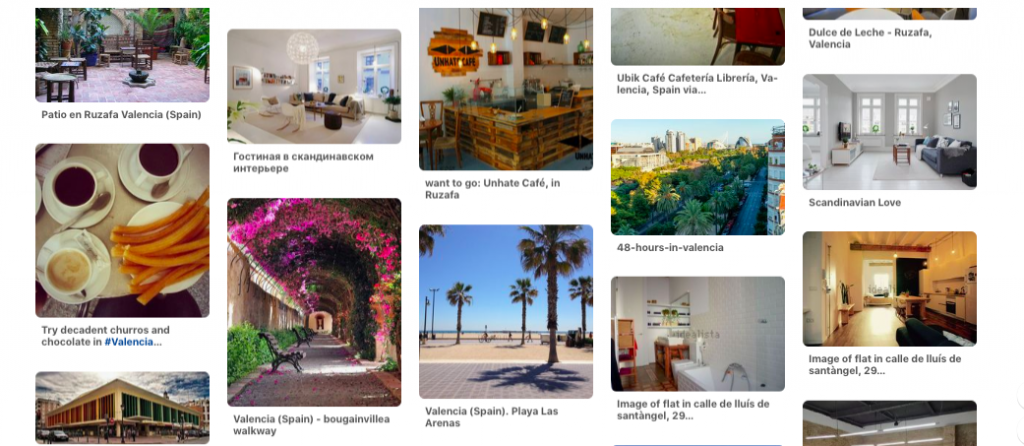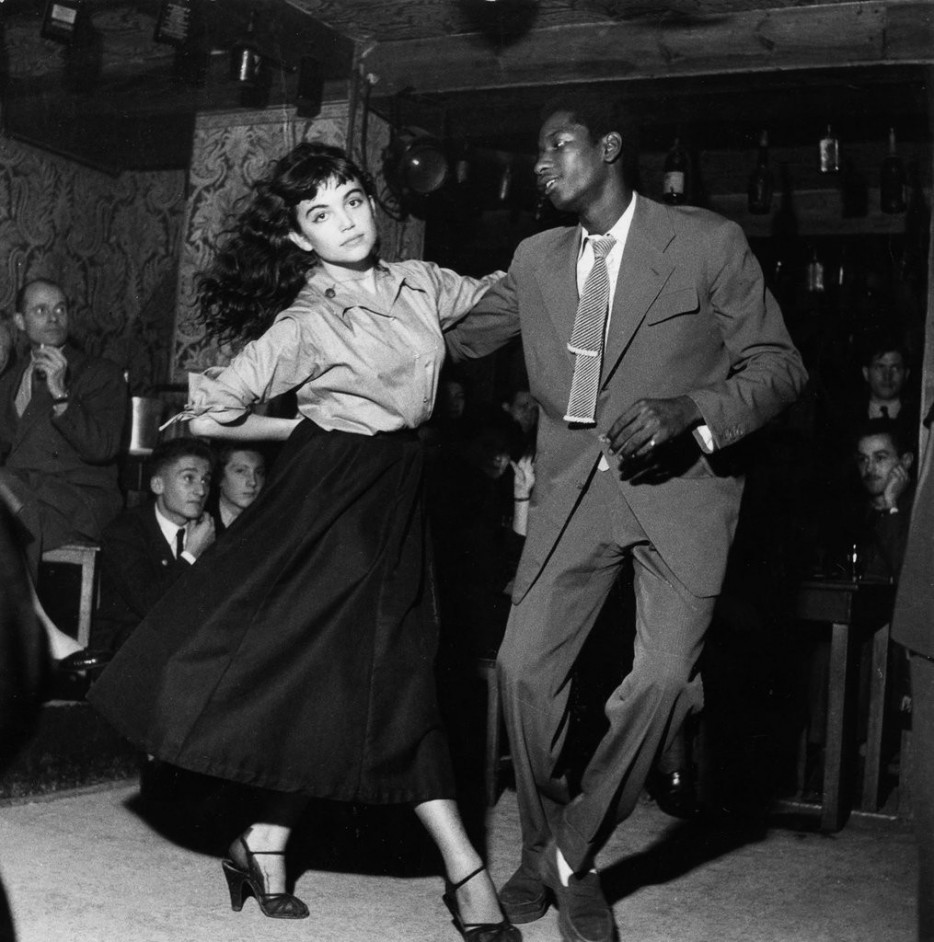
An experience I had this week inspired this post.
A writer and speaker called Matt, who I’ve been following online for quite a while now, asked his newsletter readers to send in questions on what’s currently troubling them, in order to win a book.
I went ahead and responded (I really want to read that book) and was surprised (and excited) to get an actual email response from him a week later.
My message to him had been about struggling to get myself out there in terms of telling people about my coaching – I want to reach people, help people, meet new potential clients, but I’m quite private. I don’t tend to broadcast personal stuff on social media.
In his response to me he made two brilliant suggestions. They were exactly what I needed to hear, he made them sound really easy, and they are totally doable.
And what struck me is… they were things I already knew I needed to do.
The first suggestion is what I always say to clients myself – start small. Don’t go for the big, scary, paralysing step straight off. In my case, this would be doing some big announcement on Facebook (Eurgh. I think I’ve made one Facebook post in my life, trying to flog a Black Keys gig ticket).
Instead, work out smaller, less scary first steps. In my case for example, as per his suggestion, find a likeminded online group, test out sharing and exchanging information with them. Try it out, and build up to the bigger goals (and, my realisation is, be sure your bigger goals actually resonate with you).
The second suggestion was right there on this weeks’ to-do list. Matt suggested that instead of concentrating on what you want to share with the world, work out what you can help people with, what do they want and need to hear about. How can you be of help?
And on my to-do list?
That’s exactly what I’d been planning to do, read over my client coaching notes, see what my clients were most struggling with, write blogposts based on replying to them. What kind of stuff do I say to them one to one? Are common themes coming up? Could many people out there be experiencing the same thing, and need help with it?
You know what to do
What I’m saying with these examples is, most of us know what we need to do. Really. If pushed we can work out exactly what’s troubling us, we can work out possible solutions, we can decide what we want to achieve, we can work out a plan.
But, we’re not pushed. It is really, really hard to push yourself. Add to that the negative chatter we have going on in our heads, pointing out all the reasons why we can’t do this or that, or shouldn’t, catastrophizing and berating ourselves. And so, we don’t make any progress. Instead we overanalyse, procrastinate, stagnate, get frustrated, feel lost.
We all need accountability and that extra push. Someone to say – well what can you do? Great. Do it. I believe that you can do it. Just do it. We’ll speak next week and you can tell me all about it.
Someone who has a vested interest in encouraging you to achieve your goals, who is 100% behind you, supporting you.
They can perhaps can see things a little more clearly than you can right now, and are not bogged down in your fears, your ego, your what-ifs, your ‘but I’m too busy/stressed/lazy/scared.’
For them it’s clear what you want to do; you have a goal that is doable, achievable, realistic. There is absolutely no reason why you can’t go ahead and do it.
And it helps
Sometimes you need someone to reflect back to you the reality of your situation. To not let you downplay things, to force you to really see the situation; the opportunity you’re ignoring, the experience you already have, the skills you can use.
It’s great talking to friends and family, but it could be they’re as scared as you, or as stuck as you; deep down they don’t actually want things to change, they don’t want you to suffer or struggle or fail, so they agree that ‘yes that’s a bit risky isn’t it’, or suggest you stay in your nice, safe, comfortable well-paying job, because security and comfort is everything, right?
Sometimes you need an outsider to help you fast track your progress. Someone with whom you can start from scratch. They don’t know much about your history, they’re not worried about how changes you make will affect them and your relationship with one another, they don’t have any ulterior motive to keep you where you are.
They want to hear about your current situation, assess your current reality, and look to the future. To support you in moving forwards.
The message from Matt gave me just the push I needed. His two actionable suggestions gave me energy, inspired me, motivated me. I joined the online group straight away and started interacting. I read through my coaching notes which gave me several new articles ideas. And I felt inspired to write this post.
***
I hope this post inspires you to take some form of action, whether it’s to take that first small step towards a career transition, or to finally do that one thing on your to-do list that you’ve been scared to do. You can do it.
If you feel inspired and would like to try out coaching with me – I can give you that extra push and take away the stress of trying to do it on your own. Contact me for a discovery session here.
Please share this post with someone who you think might enjoy it. Here’s the link.
Photo by Zoltan Tasi on Unsplash
![]()




